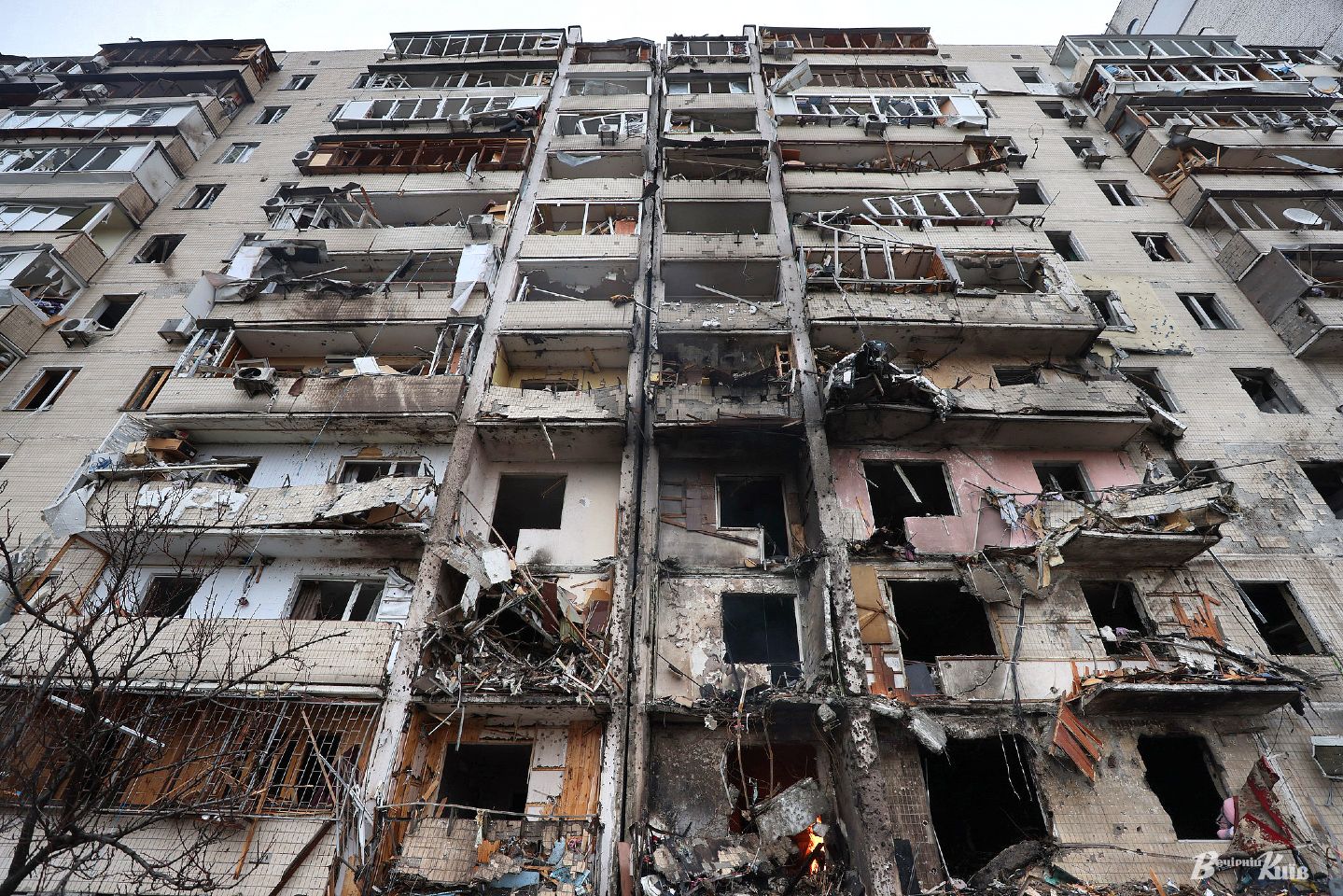
Ukraine under attack, Ministry of Health advises citizens about first aid for thermal burns
Thermal burns: We are now on the seventh day of the Russian invasion of Ukraine, enemy artillery is hitting cities, killing and wounding civilians. Unfortunately, the fires are companions to the artillery shelling
Thermal burns, instructions from the Ministry of Health of Ukraine to its citizens:
“There are,” reads the note issued by the Ukrainian Ministry of Health, “some simple rules of home care for thermal burns, knowledge of which will help to adequately provide first aid to yourself or your loved ones.
Thermal burns can be of 4 grades, depending on the extent and depth of the damage:
Grade I – only the top layer of the skin is damaged. The burn is accompanied by redness, swelling, heartburn. There may be a local increase in body temperature, moderate pain.
Grade II : The deeper layers of the epidermis are destroyed. The burn is accompanied by the appearance of fluid-filled blisters.
Grade III : The skin is deeply damaged. Sometimes the subcutaneous tissue suffers. The burn is accompanied by tissue necrosis, so the wound may be dark or even black. In burns there may be a dry crust.
Grade IV: the skin is charred, muscles and even bones are affected. Characteristic unbearable pain. The wound is covered with a dark grey crust due to tissue necrosis.
If you suffer thermal burns (skin damage due to contact with fire, hot steam, boiling liquid, boiling water, hot object):
- Break contact with the source of the burn, e.g. remove hot or burnt clothing. Remove jewellery, tight objects that are near the burn area. But DO NOT touch things that stick to the affected skin
- Treat the wound with cold water or water at room temperature. Cooling is effective if it lasts up to 20 minutes. during the first 3 hours after the burn. Unaffected areas should be left dry and warm. Do not refrigerate if the body temperature has dropped to 35 ºC.
If you have an anti-burn bandage in your first aid kit, it is best to use it.
It cools the burn site, reduces the likelihood of burns, protects the wound from mechanical damage and infection.
This bandage does not stick to the wound and does not injure it, it provides the wound with an environment with constant humidity and temperature, which can absorb a large amount of secretions.
It is necessary to remove the upper protective film from one side of the bandage, apply it to the wound, then remove it from the other side.
Then fix it with a bandage or tape to the skin.
In the absence of a special anti-burn bandage, cover the wound with a sterile gauze bandage.
Give the victim water to drink to reduce intoxication and avoid dehydration.
You can administer painkillers, such as ibuprofen or paracetamol, which are used to relieve pain of any kind and intensity.
The best position for a person with burns on the face or eyes: sitting.
This will help reduce swelling.
In addition, facial burns, especially those occurring internally, can be combined with airway damage.
It will be good if, with a pulse oximeter, you can monitor the oxygen saturation in the blood (saturation) of the victim and inform the doctors.
Call 103 if the superficial body burn is 10% or more in an adult and 5% in a child, or if the burn is related to an injury.
Emergency medical attention should also be sought immediately in the event of respiratory or visual burns.
Note that patients with a large area of burns are particularly prone to hypothermia.
In this case, it is necessary to prevent heat loss, warm the victim, cover with a blanket, warm clothes and more.
What not to do in case of thermal burns:
- DO NOT use ice to cool, it is strictly forbidden. It can cause hypothermia (a pathological condition that develops when a person’s internal temperature falls below 350°C).
- DO NOT use oil, aloe juice, flour, animal products, etc.
- DO NOT use ointments/gel until the ambulance arrives.
- DO NOT puncture blisters if they appear, if blisters break, apply a clean, sterile bandage.
- DO NOT use alcohol-based products. Doing so may make the burn worse.
Note that the level of pain intensity is not always related to the severity of the burn.
Sometimes a very severe burn can be relatively painless.
Read Also:
Emergency Live Even More…Live: Download The New Free App Of Your Newspaper For IOS And Android
Ukrainian Crisis: Kharkiv, Rescue Driver Saves Two People From The Rubble Of A House
Perform First Aid On A Toddler: What Differences With The Adult?
Stress Fractures: Risk Factors And Symptoms
RICE Treatment For Soft Tissue Injuries
How To Carry Out Primary Survey Using The DRABC In First Aid
Heimlich Maneuver: Find Out What It Is And How To Do It



